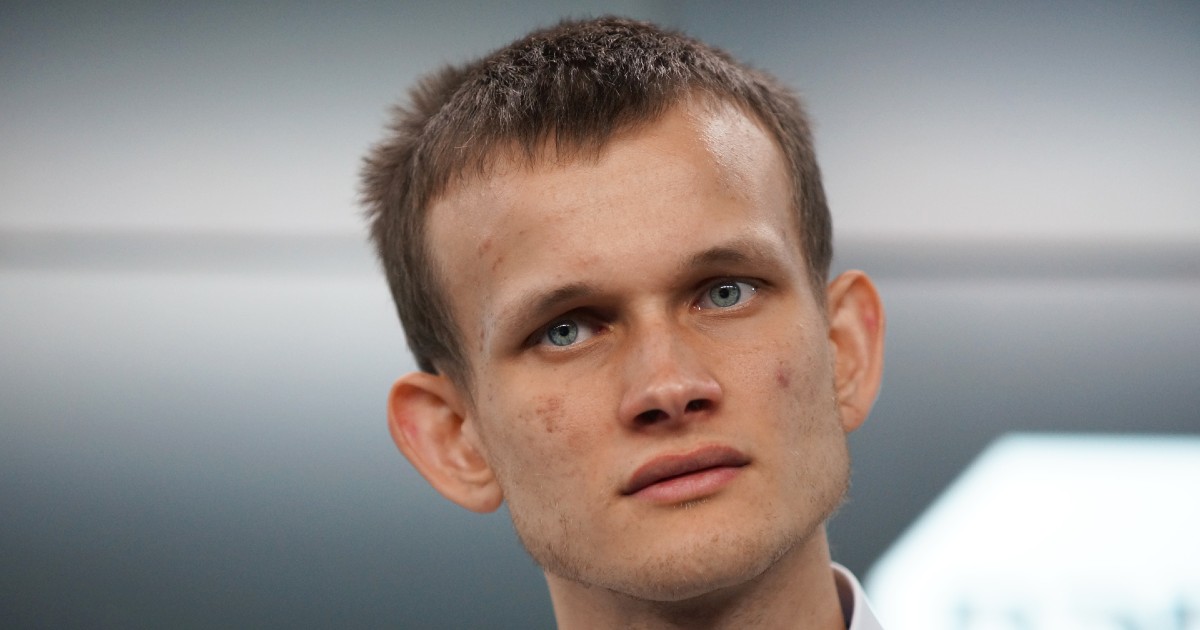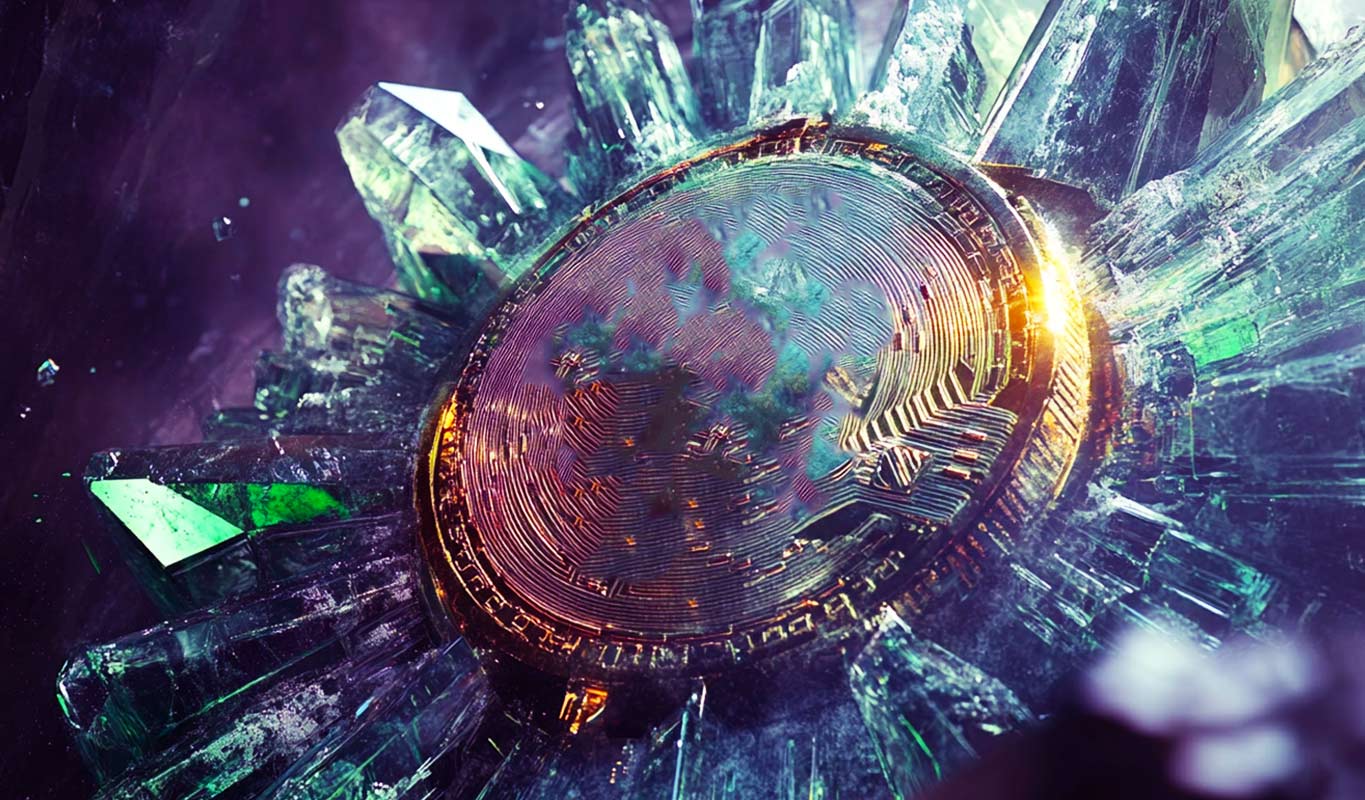In a blog post, Vitalik Buterin, the founder of Ethereum, has laid out a vision for the future of memecoins that challenges the crypto community to rethink their potential beyond mere speculative assets. Titled “What Else Could Memecoins Be?”, published on March 29, 2024, Buterin’s comprehensive analysis not only critiques the current state of memecoins but also proposes innovative pathways for their evolution.
Ethereum Founder Is Disappointed With Memecoins
Reflecting on the genesis of his thinking around digital currencies, Buterin recounts, “Ten years ago, two weeks before the Ethereum project was publicly announced, I published this post […] arguing that issuing coins could be a new way to fund important public projects.” He envisioned digital currencies like AntiCancerCoin or ClimateCoin as mechanisms through which societal contributions could be directed towards significant causes, thereby leveraging blockchain technology for the public good.
The discourse around memecoins today, however, has deviated significantly from such ideals, Buterin notes. The resurgence of meme coins has been marked not by innovation but by controversy, including instances of overt racism within certain Solana meme coin projects.
This trend has stirred discontent within the crypto space, leading figures like Ethereum philosopher Polynya to express severe disillusionment. Buterin quotes Polynya’s reaction to underscore the depth of the community’s unease: “Even long-time Ethereum philosopher Polynya is very very unhappy.”
Seeking solutions to this quandary, Buterin introduces the concept of “charity coins” — cryptocurrencies where a substantial portion of the token supply is allocated to charitable endeavors. He reminisces about past initiatives like “GiveWell Inu,” which supported effective altruism through GiveWell, and “Fable of the Dragon Tyrant,” aimed at funding anti-aging research among other causes.
Despite mixed results and challenges, such as the dissolution of GiveWell Inu and community issues with “Fable of the Dragon Tyrant,” Buterin sees potential in the idea. He recalls the positive impact of donating half the supply of the Dogelon Mars token to the Methuselah Foundation, highlighting the benefits of aligning cryptocurrency projects with charitable causes.
Integration Into Blockchain Gaming
Expanding on this idea, Buterin advocates for the integration of gaming into the memecoin ecosystem through what he terms “Robin Hood games.” These games would not only offer entertainment but also provide a means of supporting public goods and enabling financial gains for participants, especially those from lower-income backgrounds.
He emphasizes the importance of creating genuinely engaging and enjoyable games, critiquing and praising the play-to-earn model exemplified by Axie Infinity for its mixed outcomes. Buterin is particularly enthusiastic about the potential for these games to democratize cryptocurrency participation, offering a unique blend of fun, financial opportunity, and societal contribution.
He states, “Don’t just make a coin, make a game. But make an actually meaningful and fun game. Don’t think Candy Crush on the blockchain; think World of Warcraft on the blockchain.”
In his concluding remarks, Buterin calls for a more nuanced approach to evaluating crypto projects, urging the community to recognize and support initiatives that align with their values, even if they stem from traditionally criticized sectors. He advocates for a crypto space that is not only more inclusive and entertaining but also one that actively contributes to the betterment of society.
I have zero enthusiasm for coins named after totalitarian political movements, scams, rugpulls or anything that feels exciting in month N but leaves everyone upset in month N+1. […] At the least, more good memecoins than bad ones, ideally those that support public goods instead of just enriching insiders and creators.
At press time, ETH traded at $3,530.
Featured image from Euronews, chart from TradingView.com
Credit: Source link























